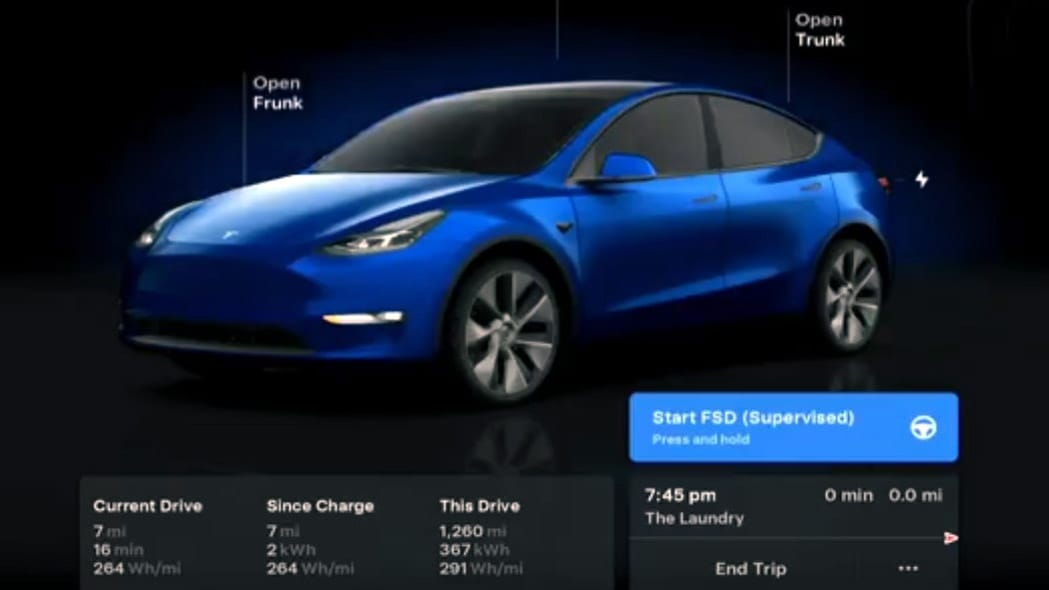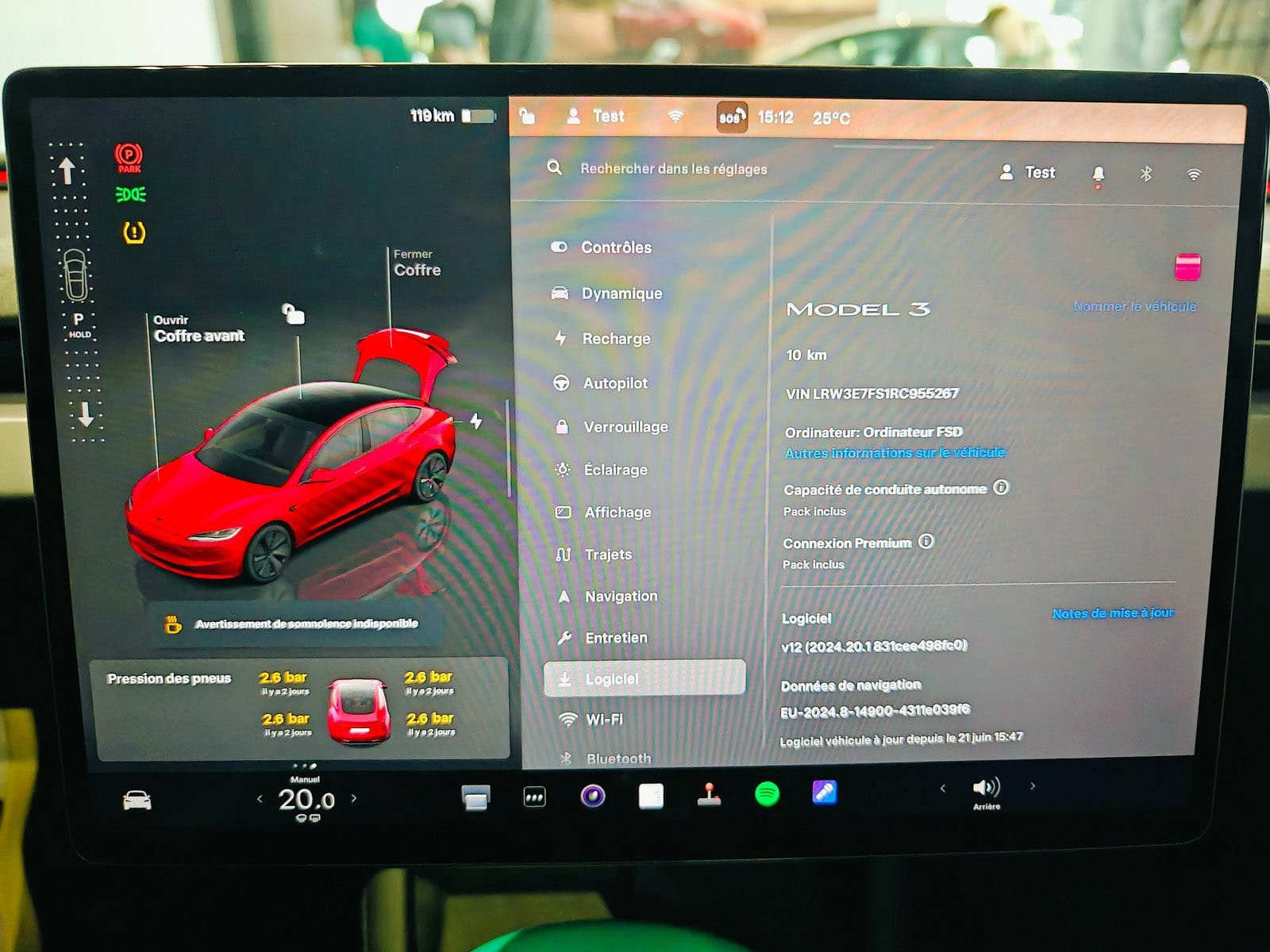Key Takeaways
1. Tesla is encouraging individuals interested in its Robotaxi platform to upgrade to newer vehicles to access the service.
2. The current pilot robotaxi service in Austin uses Tesla’s Model Y SUVs, but plans to allow vehicle owners to participate starting next year.
3. Only vehicles with Full Self-Driving (FSD) feature and hardware version 4 or newer will be eligible for the Robotaxi platform.
4. Uber is enhancing its robotaxi offerings by partnering with Lucid to acquire 20,000 Gravity SUVs equipped with Nuro’s autonomous driving technology.
5. Tesla faces increasing competition in the robotaxi sector, with differing strategies on autonomous vehicle technology between Tesla and its rivals like Uber and Waymo.
Tesla has begun sending out notifications to individuals who expressed interest in its Robotaxi ride-sharing platform, encouraging them to consider upgrading to a newer vehicle to benefit from the service.
Current Operations
At present, Tesla runs a pilot robotaxi service in Austin, Texas, using Model Y SUVs that are owned and operated by the company itself for this trial.
Future Plans
However, starting next year, Tesla plans to allow vehicle owners to use the Robotaxi platform. Based on the Austin pilot, it appears that only those with the Full Self-Driving (FSD) feature using hardware version 4 or newer will be eligible, which is the reason for the upgrade notifications.
After Tesla’s announcement to broaden the robotaxi service area in Austin, Waymo responded similarly. Now, Uber, which operates a robotaxi service utilizing Waymo’s vehicles, has partnered with premium electric vehicle manufacturer Lucid to enhance its offerings.
Major Developments
Uber plans to acquire at least 20,000 Gravity SUVs from Lucid, which will come equipped with Nuro’s autonomous driving technology right from the factory. This represents a significant intensification in the competition for robotaxi services, and Tesla’s upgrade notifications could be a strategy to quickly expand its driverless vehicle fleet in response to rivals like Uber.
One of Tesla’s advantages is its ability to utilize the standard HW4 computer and cameras that are included with its newer models, potentially allowing for a swift transition of many vehicles into the robotaxi fleet all at once. Conversely, Uber’s Lucid Gravity SUVs will feature Nuro’s autonomous driving tech, which is more streamlined than Waymo’s but still necessitates retrofitting.
Industry Perspectives
While competing autonomy companies acknowledge that Elon Musk’s camera-only approach may facilitate faster learning and scaling, they tend to favor a more cautious method that includes additional sensors and safety redundancies. The outcome of these differing strategies is yet to be determined, but Tesla is facing increasing competition in the robotaxi sector just as it plans to expand into more cities in the U.S. and incorporate owners’ cars into its fleet.
Uber’s collaboration with Lucid and Nuro is set to launch on public roads by 2026, coinciding with Tesla’s anticipated introduction of the Cybercab two-seater into its robotaxi fleet. However, Tesla currently lacks a true three-row SUV in its lineup, meaning it won’t be fully equipped to compete with Uber’s driverless Lucid Gravity vehicles when they are deployed.
Source:
Link







